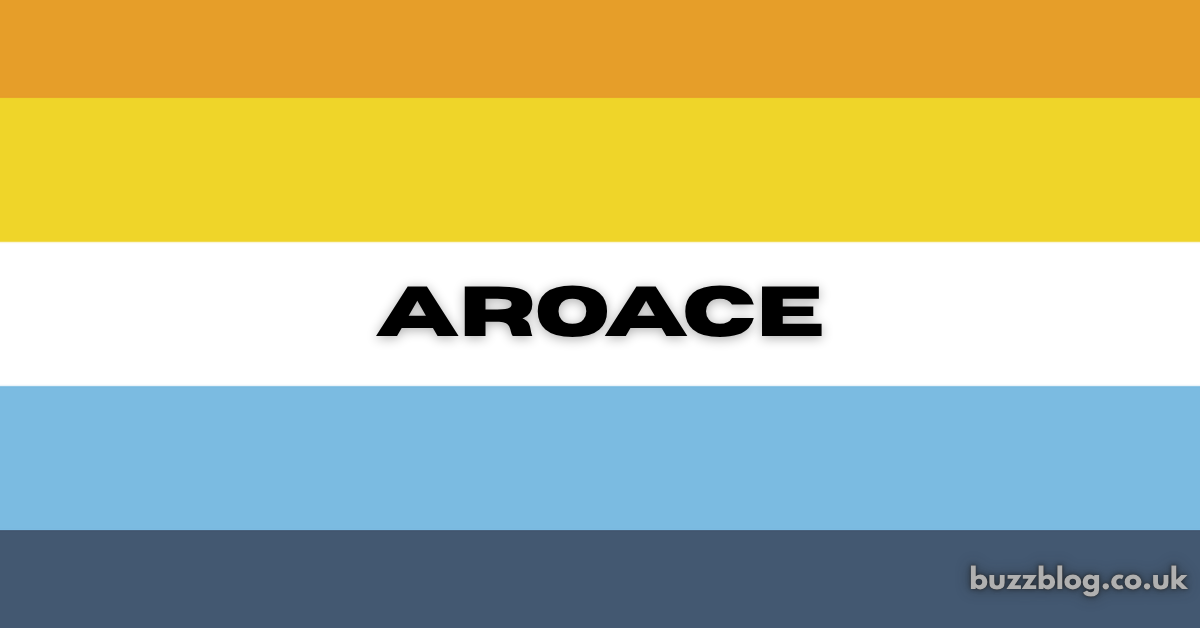Introduction
Being human means experiencing a wide range of attractions—emotional, romantic, sexual—but not everyone experiences them the same way. Aroace is a term used for people who are both aromantic (don’t experience romantic attraction) and asexual (don’t experience sexual attraction). This identity challenges the societal expectation that everyone must fall in love or be sexually attracted to someone.
In this article, we’ll unpack what being Aroace truly means, debunk myths, and share ways to embrace the identity confidently.
Understanding Aromanticism
What it means to be Aromantic
Aromantic individuals don’t experience romantic attraction toward others. That doesn’t mean they dislike people or hate relationships—it simply means that the feeling of romance, as most people define it, isn’t part of their life experience.
Think of it like enjoying the beauty of a sunset without feeling the need to take a romantic stroll with someone—you still appreciate life deeply, just differently.
Common misconceptions about Aromanticism
Some assume aromantic people are “cold” or “heartless.” In reality, they can be some of the most loyal and caring friends. They may form deep, lifelong bonds—just not romantic ones.
Aromantic spectrum explained
Aromanticism exists on a spectrum. Some people may experience occasional romantic attraction (gray-romantic), or only under specific circumstances (demiromantic).
Understanding Asexuality
What it means to be Asexual
Asexuality means not experiencing sexual attraction. It doesn’t necessarily mean a person never has sexual activity—it’s about attraction, not action.
Myths and truths about Asexuality
- Myth: Asexual people are just “not trying hard enough.”
- Truth: Asexuality is a valid sexual orientation, not a choice or lack of opportunity.
Asexual spectrum and variations
Like aromanticism, asexuality is also a spectrum. Some people might experience sexual attraction rarely (graysexual) or only after a strong emotional bond (demisexual).
The Intersection of Aromanticism and Asexuality
How the two identities connect
When someone identifies as Aroace, it means they experience neither romantic nor sexual attraction. This can shape how they approach relationships, life goals, and personal connections.
Unique challenges of being Aroace
Living in a society that places romance and sex at the center of adulthood can make Aroace individuals feel invisible or misunderstood.
Why representation matters
Seeing Aroace characters in books, movies, and media helps normalize the identity and provides much-needed validation.
Signs You Might Be Aroace
Emotional and romantic attraction differences
You may enjoy friendships deeply but never feel “butterflies” for someone in a romantic sense.
Lack of sexual attraction
Even if you appreciate someone’s appearance, you might never feel sexual desire toward them.
Feeling different from peers
While others gush over crushes or romantic dates, you may feel puzzled or disconnected from the excitement.
Common Myths About Being Aroace
“Aroace people can’t have relationships”
Not true—relationships can be platonic, queerplatonic, or based on companionship rather than attraction.
“It’s just a phase”
This assumption invalidates a person’s self-discovery and identity.
“They don’t feel love”
Aroace individuals absolutely feel love—it just may be platonic, familial, or community-based rather than romantic or sexual.
Embracing the Aroace Identity
Self-acceptance and self-love
Recognizing that you are Aroace is the first step toward self-acceptance.
Finding your community
Connecting with others through online groups, local meetups, or advocacy organizations can help you feel seen and understood.
Setting boundaries and expectations
It’s okay to set clear boundaries in relationships and reject societal pressure to conform to romantic or sexual norms.
Aroace in Relationships
Platonic partnerships
Some Aroace individuals choose to form lifelong friendships that function as primary partnerships.
Queerplatonic relationships
These are deep, committed relationships that go beyond friendship but aren’t romantic or sexual.
Family and friendship bonds
Strong connections with family and friends can be just as fulfilling as any romantic relationship.
Representation in Media and Society
Why visibility is important
Representation combats invisibility and educates society about diverse experiences of attraction.
Positive examples of Aroace characters
Shows and books are beginning to feature Aroace characters, though representation is still rare.
The role of activism
Advocacy pushes for more inclusion in LGBTQ+ spaces and societal understanding.
Supporting Someone Who is Aroace
Respecting their identity
Believe them when they tell you who they are—no “waiting for them to change.”
Avoiding assumptions
Not all relationships or life goals involve romance or sex.
Being an ally
Learn about the identity, speak up against stereotypes, and offer emotional support.
Conclusion
Being Aroace is just one of many valid ways to experience (or not experience) attraction. Embracing it means rejecting harmful societal expectations and finding fulfillment in your own way—whether that’s through friendships, creativity, community, or simply living authentically.

